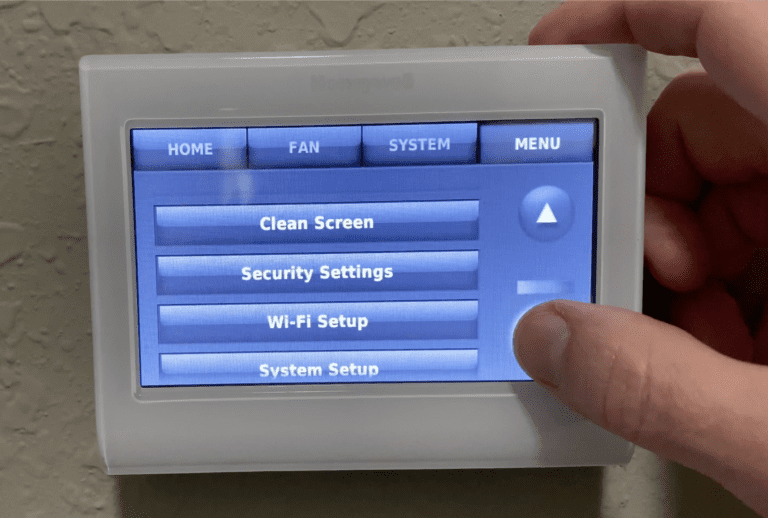What to Expect When You’re Expecting a (Raxis) Penetration Test
You know you need to do penetration testing, but you’re not sure how it works. Raxis COO Bonnie Smyre explains how we work.

You know you need to do penetration testing, but you’re not sure how it works. Raxis COO Bonnie Smyre explains how we work.

Any connected device is a potential vulnerability. Watch and find out how to secure your smart thermostat.

Raxis’ COO, Bonnie Smyre, has a conversation with Atlanta-area nurse Judy Chang about the potential impacts of healthcare breaches.

In this video, Raxis CTO Brian Tant explains why password mismanagement is still one of the most reliable ways to breach a company network and what you can do to secure your network.